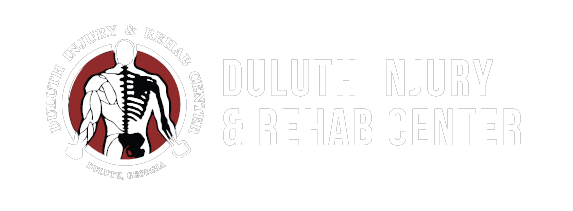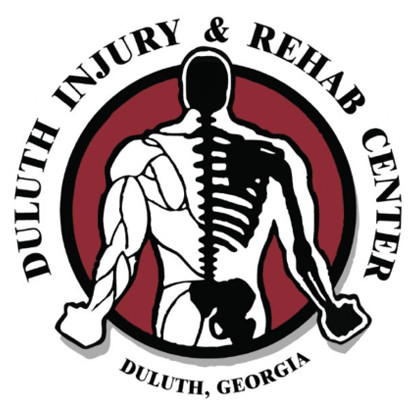Spinal stenosis is narrowing of the spinal column that causes pressure on the spinal cord, or narrowing of the openings (called neural foramina) where spinal nerves leave the spinal column.
Causes, Incidence and Risk Factors
The condition is commonly caused by wear-and-tear on the spine related to osteoarthritis. So, it’s more likely to happen as someone ages. But people with other types of arthritis and related conditions that affect the spine may develop spinal stenosis. Younger people with a spine injury or a narrow spinal canal or people with scoliosis (an abnormal curve of the spine) are also at risk.
Spinal stenosis may also be caused by:
- Arthritis of the spine, usually in middle-aged or elderly people
- Herniated or slipped disc, which often happened in the past
- Injury that causes pressure on the nerve roots or the spinal cord
- Poor posture
Who is at risk of developing Spinal Stenosis?
The risk of developing Spinal Stenosis increases in those who:
- Are born with a narrow spinal canal
- Are female
- Are 50 years of age or older
- Have had previous injury or surgery of the spine
Symptoms
Often, symptoms will get worse slowly over time. Most often, symptoms will be on one side of the body or the other.
Symptoms include:
- Numbness, cramping, or pain in the back, buttocks, thighs, or calves, or in the neck, shoulders, or arms
- Weakness of part of a leg or arm
Symptoms are more likely to be present or get worse when you stand or walk. They will often lessen or disappear when you sit down or lean forward. Most people with spinal stenosis cannot walk for a long period of time.
Testing
To test nerve function, the doctor will use a rubber hammer to check your reflexes. Touching your legs in many places with a pin, cotton swab, or feather tests how well you feel. Your doctor will tell you to speak up if there are areas where you have less feeling from the pin, cotton, or feather.
A neurological examination can confirm leg weakness and decreased sensation in the legs. The following tests may be done:
- EMG
- Spinal MRI or spinal CT scan
- X-ray of the spine
Treatment
The Team at Duluth Injury & Rehab Center will help you manage your pain and keep you as active as possible. Your treatment could include:
- Physiotherapy including EMS, Hot/Cold Packs
- MLS Laser Therapy
- Acoustic Wave Therapy using (The Miracle Wave)
- Safe, gentle, and science-based chiropractic adjustments


